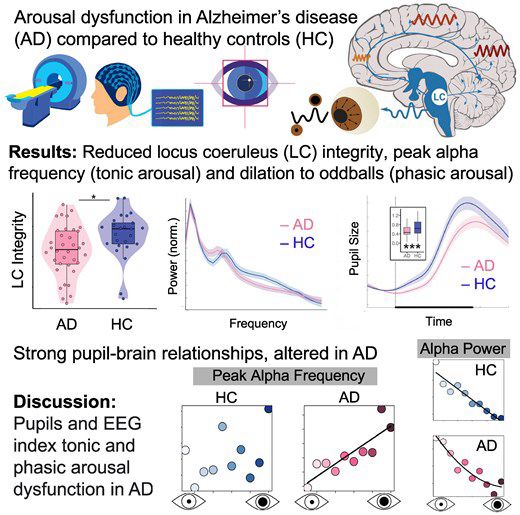Very grateful and honored to receive a 2025 Distinguished Investigator award and to be a member of the council of distinguished investigators of The Academy for Radiology & Biomedical Imaging Research @acadrad.bsky.social
www.acadrad.org/wp-content/u...
09.10.2025 15:30 — 👍 10 🔁 0 💬 1 📌 0

Molecular hallmarks of excitatory and inhibitory neuronal resilience to Alzheimer’s disease - Molecular Neurodegeneration
Background A significant proportion of individuals maintain cognition despite extensive Alzheimer’s disease (AD) pathology, known as cognitive resilience. Understanding the molecular mechanisms that protect these individuals could reveal therapeutic targets for AD. Methods This study defines molecular and cellular signatures of cognitive resilience by integrating bulk RNA and single-cell transcriptomic data with genetics across multiple brain regions. We analyzed data from the Religious Order Study and the Rush Memory and Aging Project (ROSMAP), including bulk RNA sequencing (n = 631 individuals) and multiregional single-nucleus RNA sequencing (n = 48 individuals). Subjects were categorized into AD, resilient, and control based on β-amyloid and tau pathology, and cognitive status. We identified and prioritized protected cell populations using whole-genome sequencing-derived genetic variants, transcriptomic profiling, and cellular composition. Results Transcriptomics and polygenic risk analysis position resilience as an intermediate AD state. Only GFAP and KLF4 expression distinguished resilience from controls at tissue level, whereas differential expression of genes involved in nucleic acid metabolism and signaling differentiated AD and resilient brains. At the cellular level, resilience was characterized by broad downregulation of LINGO1 expression and reorganization of chaperone pathways, specifically downregulation of Hsp90 and upregulation of Hsp40, Hsp70, and Hsp110 families in excitatory neurons. MEF2C, ATP8B1, and RELN emerged as key markers of resilient neurons. Excitatory neuronal subtypes in the entorhinal cortex (ATP8B+ and MEF2Chigh) exhibited unique resilience signaling through activation of neurotrophin (BDNF-NTRK2, modulated by LINGO1) and angiopoietin (ANGPT2-TEK) pathways. MEF2C+ inhibitory neurons were over-represented in resilient brains, and the expression of genes associated with rare genetic variants revealed vulnerable somatostatin (SST) cortical interneurons that survive in AD resilience. The maintenance of excitatory-inhibitory balance emerges as a key characteristic of resilience. Conclusions We have defined molecular and cellular hallmarks of cognitive resilience, an intermediate state in the AD continuum. Resilience mechanisms include preserved neuronal function, balanced network activity, and activation of neurotrophic survival signaling. Specific excitatory neuronal populations appear to play a central role in mediating cognitive resilience, while a subset of vulnerable interneurons likely provides compensation against AD-associated hyperexcitability. This study offers a framework to leverage natural protective mechanisms to mitigate neurodegeneration and preserve cognition in AD.
Thrilled to share that our paper “Molecular hallmarks of excitatory and inhibitory neuronal resilience to Alzheimer’s disease” is now out in Molecular Neurodegeneration!
👉 link.springer.com/article/10.1...
#Alzheimer #Resilience #Neuroscience
01.10.2025 19:45 — 👍 15 🔁 6 💬 1 📌 1

Here’s my Fluorescence Friday highlight: just got this beautiful shot from the locus coeruleus in our latest tissue section! You can see astrocytes (in green) glowing and wrapping around tiny blood vessels (in red), with pTau staining (in magenta) lighting up the scene. It’s wild how much is going on in just one microscopic field—so cool to see these markers all together and think about what they mean for brain health and Alzheimer’s research. Loving the chance to peek into these cellular hangouts each week! #FluorescenceFriday #PhDLife #Neuroscience
For #FluorescenceFriday✨ Exploring the beauty of the locus Coeruleus using IF staining: neurons🔵 surrounded by glowing astrocytes🟢 embracing delicate blood vessels🔴, alongside striking pTau signals💗. A vivid reminder of the cellular complexity shaping brain health and disease. #LC #Neuroscience
26.09.2025 18:49 — 👍 25 🔁 8 💬 2 📌 0

Speakers for ICON symposium on novel measurement & manipulation approaches for neuromodulatory systems!
Sept 19,
11:45 am
Room Sé
At #ICON? – Join us tomorrow to hear about novel measurement & manipulation approaches for neuromodulatory systems!
🗓️Sept 19,
🕚11:45 am
🏫Room Sé
#ICON2025 #CogNeuro #AcademicSky #LocusCoeruleus #neuroskyence
18.09.2025 19:56 — 👍 18 🔁 7 💬 1 📌 0

Shining the light on the Neuromodulatory Subcortical Systems PIA today! ✨ Explore their 2024-2025 activities and share your thoughts: istaart.alz.org/PIA-reports
15.09.2025 12:28 — 👍 4 🔁 1 💬 0 📌 0

GitHub - jmumford/randomise-prep: Generate design matrices, contrasts, and scripts to set up FSL randomise analyses.
Generate design matrices, contrasts, and scripts to set up FSL randomise analyses. - jmumford/randomise-prep
Do you ever wish you could just use python to pull together the files and code for running FSL's randomise? Me too! I made this: github.com/jmumford/ran... It will even replace the numbers in the file outputs with contrast names of your choosing (and replace corrp with 1minusp).
12.09.2025 01:41 — 👍 48 🔁 19 💬 0 📌 0
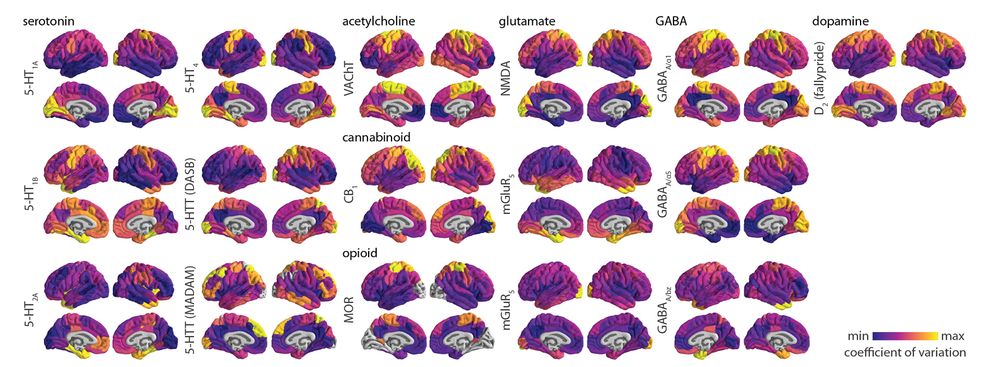
Inter-individual variability of neurotransmitter receptor and transporter density in the human brain | bioRxiv www.biorxiv.org/content/10.1...
11.09.2025 01:47 — 👍 15 🔁 10 💬 0 📌 0
Age-Related Changes in Curiosity: The Influence of Locus Coeruleus on Information-Seeking Behavior https://www.biorxiv.org/content/10.1101/2025.09.04.674248v1
05.09.2025 08:15 — 👍 2 🔁 2 💬 0 📌 0
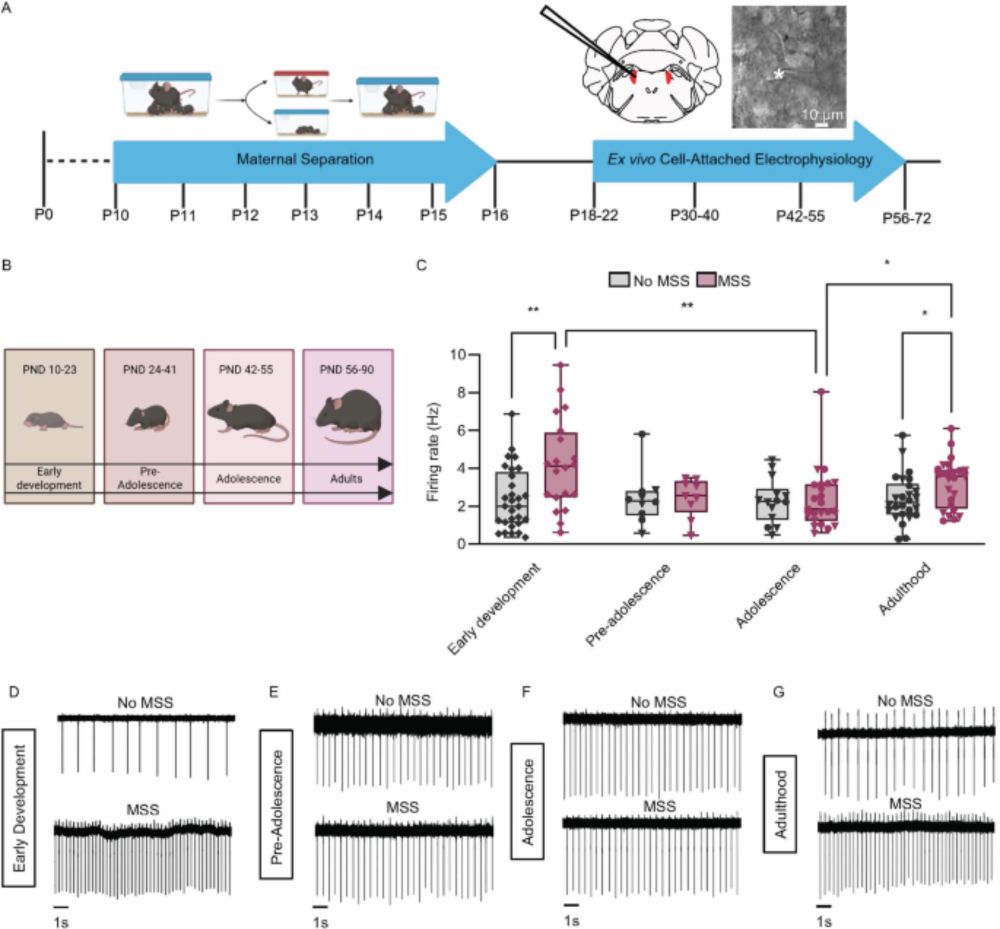
Maternal separation disrupts noradrenergic control of adult coping behaviors - Neuropsychopharmacology
Neuropsychopharmacology - Maternal separation disrupts noradrenergic control of adult coping behaviors
#ThisWeekInNPP
Early life stress profoundly impacts the 🧠 & can result in negative affective behaviors well into adulthood
Here, maternal separation stress produced dysregulated noradrenergic activity in the locus coeruleus (LC) across the lifespan, disrupting LC regulation of coping strategies
09.09.2025 17:07 — 👍 7 🔁 3 💬 0 📌 1
Apply - Interfolio
{{$ctrl.$state.data.pageTitle}} - Apply - Interfolio
We're hiring! We have an open TT faculty position in lifespan neuroscience. I'm not on the committee but happy to answer questions about the department and TAMU more generally (I also co-chaired similar searches the last two years). Come join us, please share widely. apply.interfolio.com/172150
05.09.2025 20:29 — 👍 10 🔁 10 💬 1 📌 0
I'm thrilled that our paper "Personalised regional modelling predicts tau progression in the human brain" is finally published in PLoS Biology!
Here's a short thread about the main findings of the paper...
11.08.2025 14:39 — 👍 15 🔁 6 💬 2 📌 0
Adaptive learning is coordinated across behaviour, time and neurobiology (from synapses and dendrites, to astrocytes and the systems level).
If you’ve ever wondered how noradrenaline helps shape these multiscale learning processes, you might like this: www.cell.com/trends/cogni...
29.08.2025 01:35 — 👍 55 🔁 24 💬 3 📌 0
Deadline for these jobs is 5th September, so you've got until next week on Friday to apply! Come join us in beautiful York, complete with Minsters, snickelways, fMRI and OPMs - what more could you ask for?!
#neuroskyence #neurojobs #psychscisky #cognition #psychjobs
27.08.2025 18:27 — 👍 29 🔁 21 💬 2 📌 3
Home | Ann S. Bowers Women's Brain Health Initiative
📣 We’re recruiting 1-2 postdocs to the incredible WBHI team to lead projects mapping brain & behav’l changes across major endocrine transitions—from adolesc to pregnancy to menopause. Expertise in MRI & human subjects necc. Please reach out to info@wbhi.ucsb.edu and learn more at wbhi.ucsb.edu 🌊
19.08.2025 14:41 — 👍 23 🔁 13 💬 0 📌 0
Position open for a neuroimaging focused postdoc to come work with us in Sydney
Feel free to get in touch for a chat if you have any questions about it :)
usyd.wd105.myworkdayjobs.com/en-GB/USYD_E...
15.08.2025 01:18 — 👍 56 🔁 50 💬 1 📌 0

Interested in Network hubs, cortical hierarchies, and gradients? Ever wonder where they come from? Check our latest review, where we cover different approaches to mapping hubs, models for their evolution, and mechanisms for how they develop:
osf.io/preprints/os...
17.08.2025 04:27 — 👍 97 🔁 40 💬 1 📌 1
not even my area but I can appreciate how cool this work is! 🤯
10.08.2025 18:44 — 👍 16 🔁 5 💬 0 📌 0

Great talk by Elouise Koops on the relationship between locus coeruleus-entorhinal tract integrity and tau in ADAD!! #AAIC25 🔵. Collaboration with @ytquiroz.bsky.social
29.07.2025 19:27 — 👍 10 🔁 1 💬 0 📌 0

@leatgrinberg.bsky.social relating vulnerability in the NSS to sleep in atypical vs typical AD!! #AAIC25
29.07.2025 14:03 — 👍 4 🔁 0 💬 0 📌 0

The Minnesota ultra-high-field meeting will again offer the popular hands-on layer-fMRI analysis pre-workshop on practical aspects.
October 13th-14th 2025.
Registration: sites.google.com/umn.edu/2025...
28.07.2025 12:24 — 👍 14 🔁 6 💬 1 📌 0
If you are at #AAIC25, check out Ji-Hyun Kim's posters presenting our new #BrownMICAAD data on #LocusCoeruleus integrity, neural activity, & cognition in young & clinically intact older adults!
Mon (7/28) #455, #967 #OhLabBrown #fMRI #LCscan #XiaoyangHu #JasmineRanieri @heidijacobslab.bsky.social
28.07.2025 12:02 — 👍 6 🔁 1 💬 0 📌 0
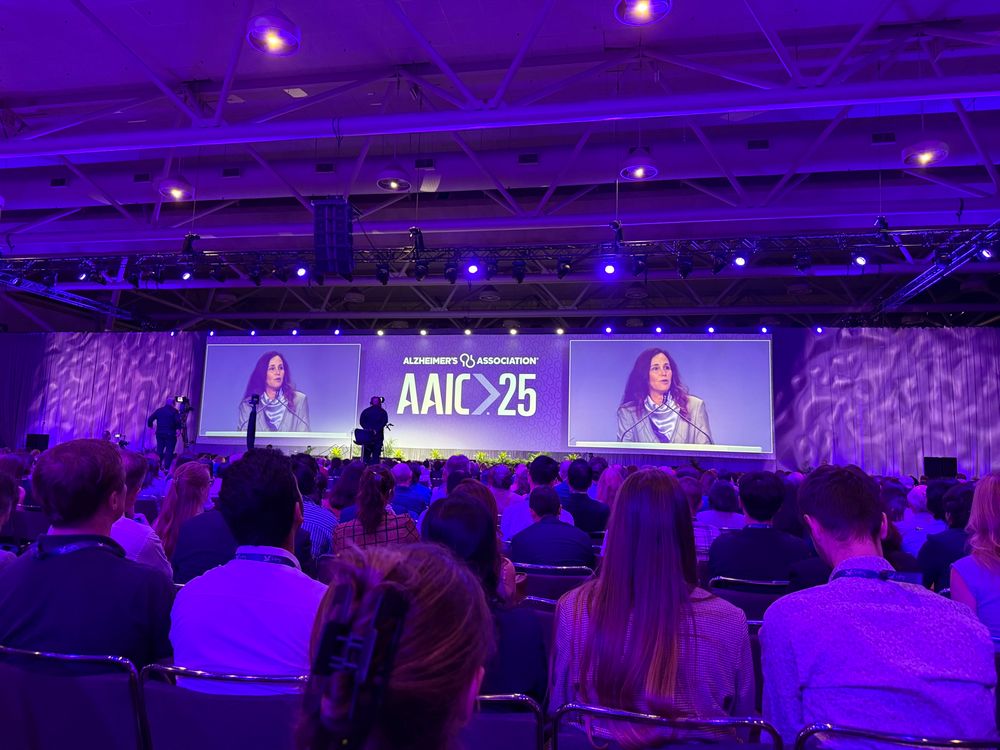
Really appreciate the #AAIC2025 plenary starting with @alzassociation.bsky.social CEO Joanne Pike saying about the US government’s dramatic cutting of research funds: “We share your outrage”.
27.07.2025 15:19 — 👍 21 🔁 3 💬 0 📌 0
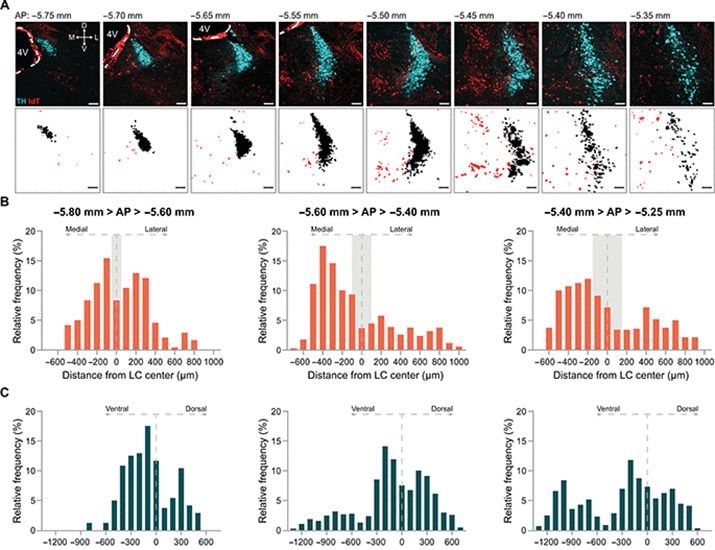
Neuropeptide Y neurons surrounding the locus coeruleus inhibit noradrenergic system activity to reduce anxiety
Endogenous neuropeptide Y signaling modulates locus coeruleus activity, promoting adaptive responses to stress.
Beyond happy & proud to have our paper on peptidergic neuromodulation of the #LC out!
This is a project that started with naive intentions & silly curiosity, withstood 1 pandemic & 2 lab moves & made us fall in ❤️ with the most beautiful brain regions of all!! 🔵
www.science.org/doi/10.1126/...
23.07.2025 21:03 — 👍 32 🔁 12 💬 2 📌 1
The Academy for Radiology & Biomedical Imaging Research's mission is to advocate for imaging research funding & raise its profile via education. https://www.acadrad.org
Econ professor at Michigan ● Senior fellow, Brookings and PIIE ● Intro econ textbook author ● Think Like An Economist podcast ● An economist willing to admit that the glass really is half full.
Health Equity Scientist, Bethesda Declaration Co-signer, working at NIH but speaking in my personal capacity. (AP Photo/Jose Luis Magana)
Civil servants stand up! https://linktr.ee/declarationsofdissent
We are the official resistance scientists of the National Institute on Aging at the National Institutes of Health. Aging doesn't discriminate, and we're coming for all of you! We want to see our siblings, Alt CMS and Alt NINDS, too!
Alzheimer, APOE, Actin, Txn factors, Immune, Tau, miRs, Drugs | Single cell & Spatial omics, Proteomics, QTL | ASO, RNAi, AAV | Mouse, iPSC, Drosophila, Zebrafish | Microglia, Astrocytes, Oligodendrocytes https://medicine.iu.edu/faculty/41977/kim-jungsu
Chileno | Licenciado en Filosofía | PhD en Neurociencia | Brain States, Computational Neuroscience and Multimodal Neuroimaging. Assistant Professor at BrainLat-UAI
She/Her, NIH/NIA, Ex-PCORI, Health Policy, Biostats. AMSTAT 2027 HPSS Chair. ADRD, RCTs/PCTs, LHS, AI Warrior in Training. 🏊♀️🥐🌈🐱🐔Human to @parrishpets.bsky.social. My posts, not NIH's. BD Signer. RT Speaker. Reposts &❤️≠endorsements. Signal: tyk314.15.
NBA publishes behavioral, biochemistry, cell biology, endocrinology, molecular biology, morphology, neurology, neuropathology, pharmacology, physiology and protein chemistry studies of aging or diseases associated with age.
Assoc Prof of Neurology, Harvard Medical School, Clinical Neuropsychologist, Mass General Brigham, researcher in digital cognition in preclinical Alzheimer's disease
Neuroscientist interested in all things glia and dopamine
Neuropsychologist/Assistant Professor at Penn FTD Center, dog enthusiast
Assistant Professor of Psychological & Brain Sciences at Washington University in St. Louis
Director of the Wellbeing and Emotion across the Lifespan Lab (WELLab)
ALZPro is the Alzheimer’s Association hub for dementia professionals, uniting care resources, research, data platforms, clinical guidelines, continuing education and implementation tools — all on one trusted platform.
Postdoc Fellow at The Montreal Neurological Institute 🧠 | Structural Neuroimaging of Alzheimer's disease | OHBM Communications Committee @ohbm-com.com | He/Him
The Massachusetts Alzheimer's Disease Research Center - at the forefront of dementia research, treatment and care since 1984. 🧠 #WeAreMADRC WWW.MADRC.ORG
Scientific Co-Director and Professor at Kavli Institute for Systems Neuroscience, NTNU, Norway. Neural network computation, grid cells. Nobel Prize Physiology-Medicine 2014.
Social Media Darling. International Bestselling Author. Occasionally funny. Brittlestar.com
PhD, neuropsychology | Alzheimer’s disease, cognition, measurement, remote digital cognitie assessments
Sanford Fellow @UCSDCompassion Alumni @HHMI, Identifying 🧬 for self/social motivation with 3D spatial omics


















